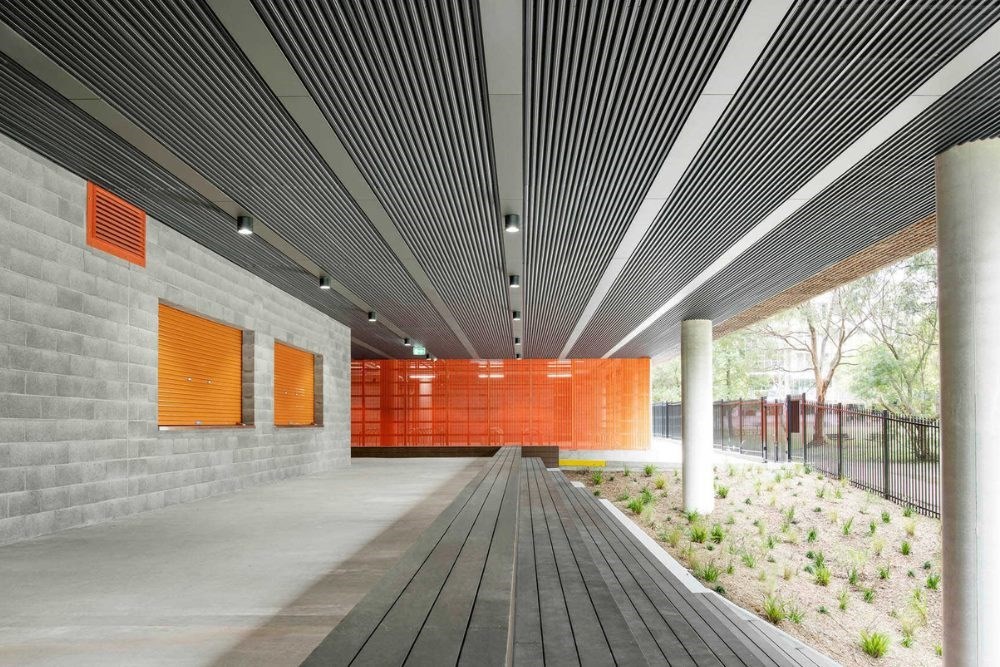
Design of Educational Buildings and Ceiling Systems
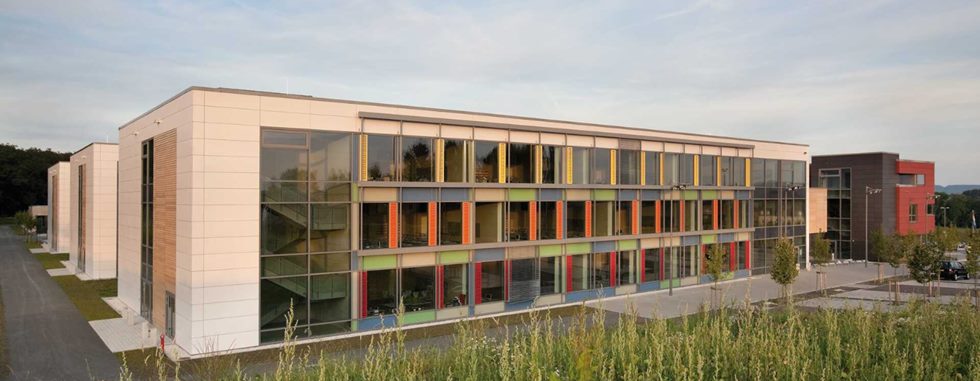
While we had to adopt distance education practices during the pandemic, face-to-face education in a physical environment remains highly effective compared to distance education. Therefore, when comparing face-to-face education and distance education, it is important to consider the conditions in which students are learning in both methods.
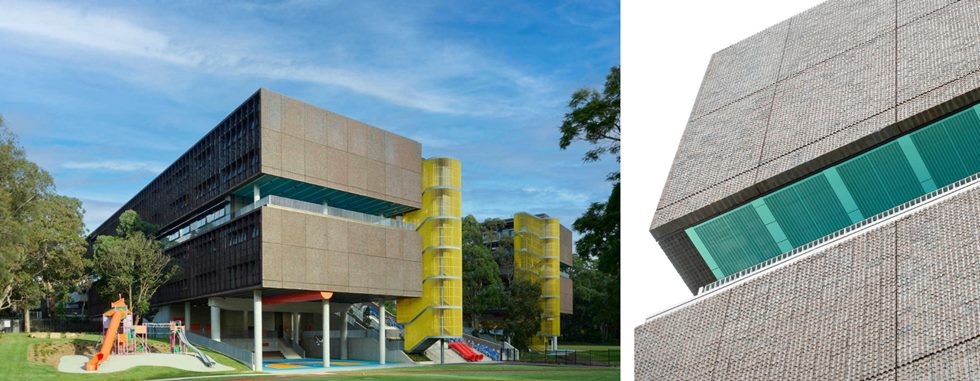
The type of environment we work in, including the physical conditions and design, has a significant impact on our motivation and productivity. In this regard, it is crucial for students from all income groups in society to have access to face-to-face education and a standard quality physical working environment. Let's explore together how these structures should be designed to promote efficient education…
Requirements for Educational Buildings
When we think of educational buildings, classrooms often come to mind. However, the concept of educational buildings is much more comprehensive when examined closely. It encompasses a wide range of complex structures, from kindergartens to universities. These buildings include not only classrooms, but also laboratories, sports halls, dining halls, libraries, administration rooms, lecture halls, galleries, and socialization areas. In order to achieve the desired efficiency, it is important for these spaces to be designed with both aesthetic and functional considerations in mind.
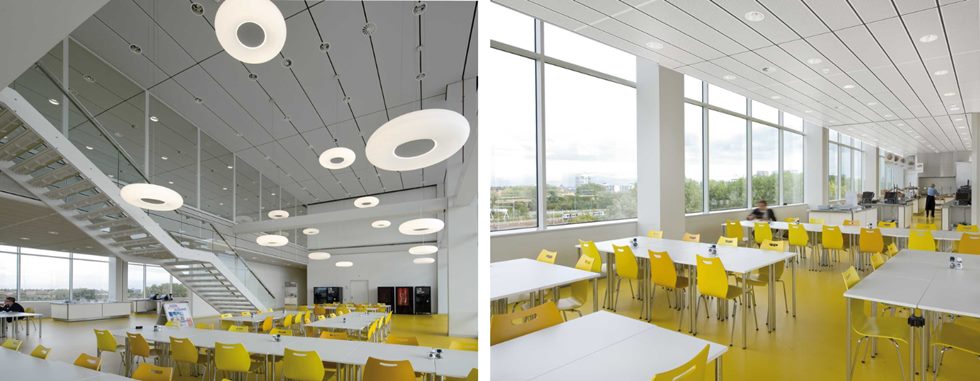
In addition to providing quality, up-to-date, and innovative education to fulfill our responsibility towards families, there are several other important considerations. These include the robustness of the building's construction, the efficiency of the architectural plan, compliance with safety requirements and universal design principles, the form and decoration of the building to enhance learning efficiency for the target age group, quality sound and heat insulation, the incorporation of spaces with ample daylight, proper planning of artificial lighting, the use of appropriate materials, and an aesthetically pleasing design. All of these elements, along with the creation of a healthy working environment, are taken into account when designing an educational structure for a specific age group.
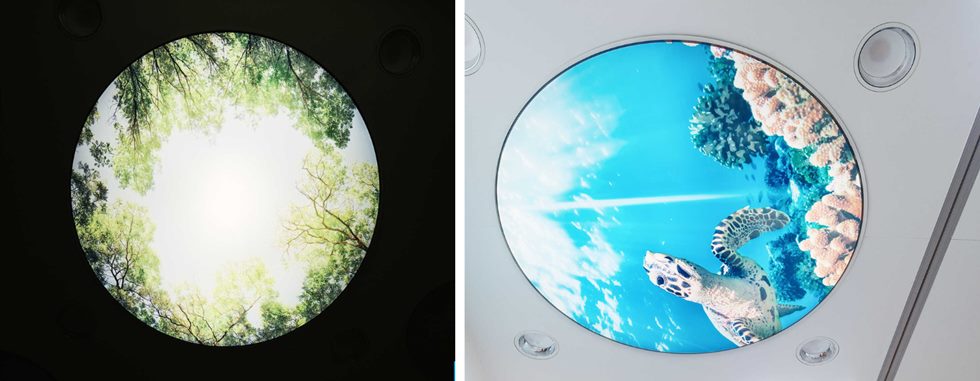
In addition, it is important to encourage originality to prevent uniformity. For instance, Durlum's product 'dur-GRAPHICS' allows for personalized printing options, customization of design elements, and the creation of flexible workspaces that can be shaped according to individual needs. This approach will foster free thinking among students.
Natural and Artificial Lighting
Natural light is very important for students' physical development, psychology and concentration. The openings in the facade should be wide enough and the spaces should be oriented towards natural light in accordance with the function.
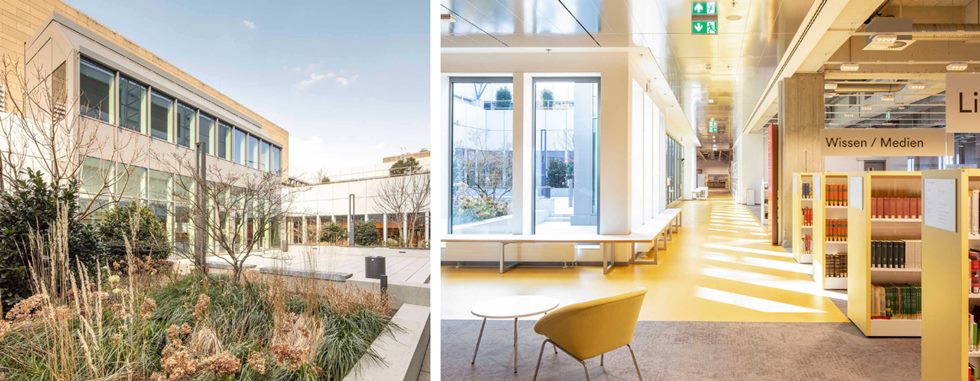
In general, educational buildings should be positioned along the east-west axis to maximize their exposure to natural light. North light is preferred in areas like classrooms and workshops. When selecting glass for the facade, it is important to choose a type that allows for appropriate permeability. Sun shading systems should also be utilized when necessary. In areas that receive direct southern light, facade elements can be used to control the amount of light entering the space.
To achieve a uniform distribution of light, take into account factors such as the non-reflectivity of the ceiling, walls, and floor. Indirect lighting can be accomplished by incorporating strip windows on the upper levels of the walls. This helps reduce glare, particularly in classrooms, and creates a more conducive working environment.
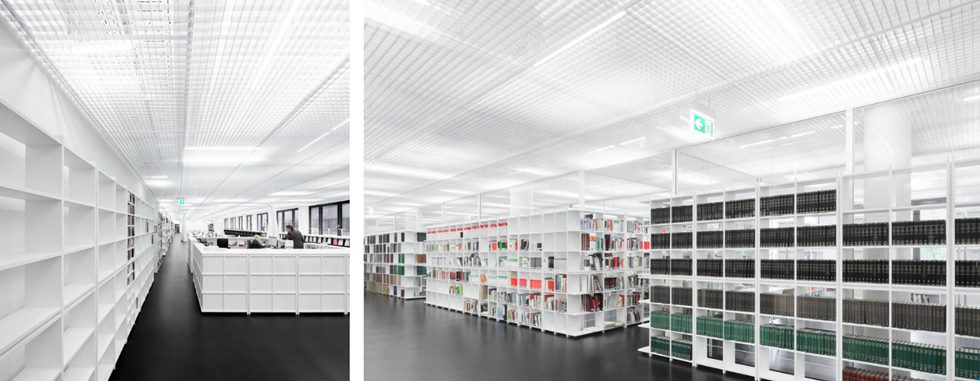
The artificial lighting selected for dim environments, which may occur due to seasonal changes and time differences, should be uniform and closely resemble daylight in terms of tone and intensity. The type of ceiling used should also support these criteria. A well-designed lighting plan reduces eye strain and helps students concentrate. Ceiling systems play an important role in achieving this by evenly distributing natural light and integrating artificial lighting. Metal ceilings are recommended for all areas in educational buildings due to their advantages in minimizing reflections and facilitating the repair and replacement of lighting elements.
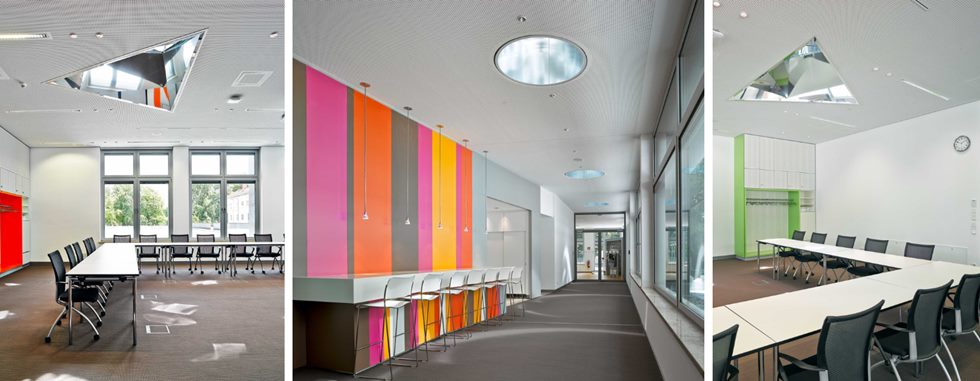
Using daylight systems is advantageous in areas with limited access to natural light. Daylighting systems can improve the light quality of a space and create an aesthetic and spacious appearance, even when sufficient daylight is available.
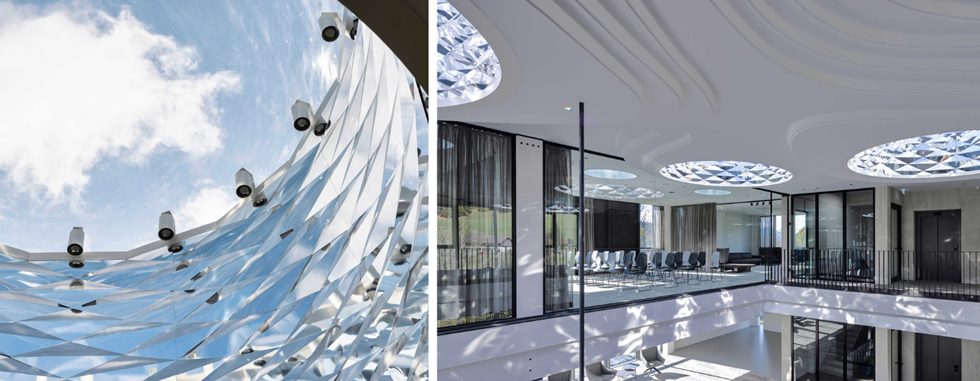
Durlum's innovative daylight systems, 'DIAMOND TUBE' and 'LIGHT PIPE', effectively bring natural light into the interior and create a dynamic play of light. This dynamism will have a positive effect on the students, making them feel healthy and energized.
Insulation
Sound insulation is essential in educational buildings to provide a comfortable working environment. Considering the age range of the users, it is important to address the issue of potential noisy environments. Noise in corridors and activity areas should not interfere with classroom education or research in libraries. Similarly, indoor noise should not disturb the peacefulness of corridors. Additionally, it is crucial to ensure good thermal insulation in the building to maintain a suitable working environment. To achieve this, materials should be selected based on their quality of sound and heat insulation.
.jpg)
When it comes to ceilings, Durlum's ceiling systems excel in both acoustic and thermal insulation. One particular example of Durlum's functional ceilings that offer pleasing aesthetics is the 'MESH' expanded metal ceiling systems. These high-quality products are highly recommended for use in educational buildings across all areas.
Functionality and Aesthetics
Durable, easy-to-clean and hygienic materials should be preferred to make students feel comfortable. It should also be remembered that colors influence learning experiences. In particular, pastel shades and natural colors can help students relax and concentrate more easily.
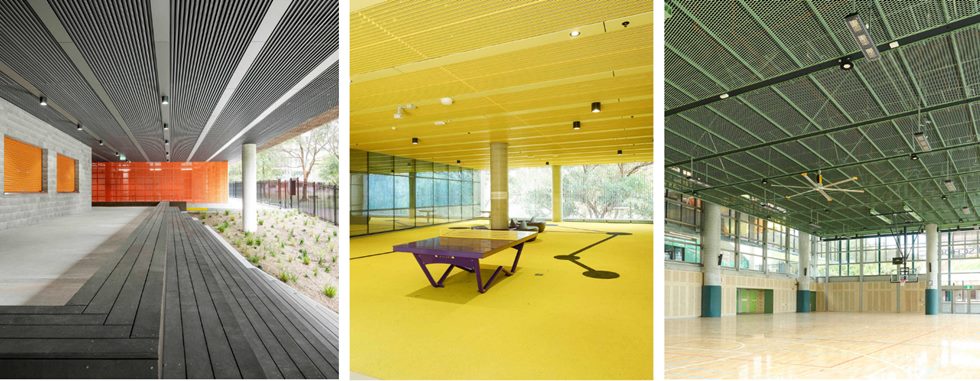
Ergonomic designs can greatly aid students in maintaining focus and sustaining high mental and physical performance over extended periods of time. It is important for spaces to be designed in a manner that promotes social interaction among students and accommodates diverse needs. Additionally, offering spaces that can adapt to innovative educational methods is crucial, considering the variability of learning processes. For instance, a flexible structure that allows for quick adaptation to various options, such as quiet study areas, group study areas, and individual study areas, should be provided.
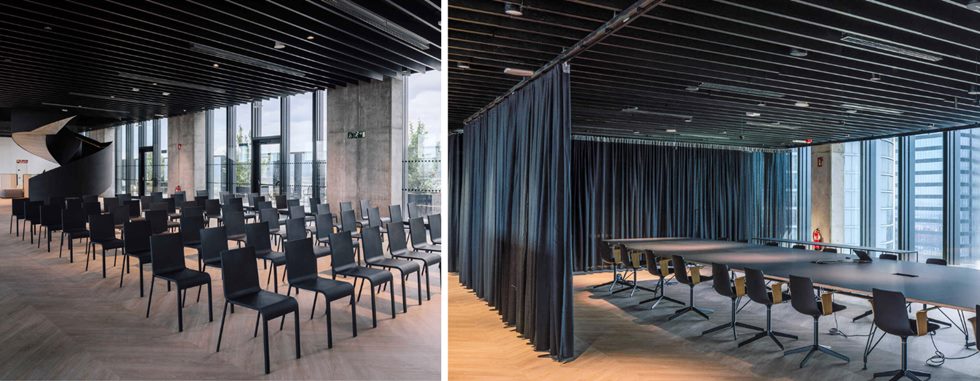
In this sense, Durlum's products offer easy adaptability to flexible spaces with various options. For instance, the 'LIVA' open-cell suspended ceiling system is ideal for areas where creativity takes center stage, such as multi-purpose halls, concert halls, galleries, and workshops. 'LIVA' provides limitless creative solutions by offering a range of color options. Additionally, it boasts exceptional acoustic performance.
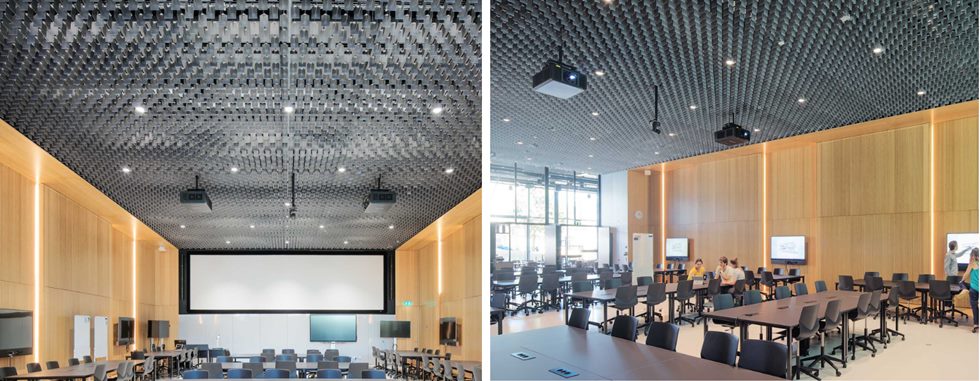
Durlum offers a range of ceiling systems that are highly suitable for educational buildings. The expanded metal ceiling system 'MESH' features a serene, transparent, and modern design. The open-cell metal ceiling system 'LOOP' has a dynamic form. The vertical lamella ceiling system 'POLYLAM' provides a linear appearance and numerous design options.
For stylish and functional spaces like executive rooms or meeting areas, we recommend the 'TICELL-N' system, which has a simple and aesthetically pleasing mesh-like texture. Another option is the 'FLUID' system, known for its curved forms.
These Durlum products can enhance the ceilings of educational buildings and create a contemporary and visually appealing environment.
Security
Safety is one of the most crucial considerations in the design of educational buildings. Specifically, it is essential to prioritize the following measures:
- Ensure that evacuation doors in circulation and assembly areas are wide and designed to accommodate the number of users.
- Provide easy access to emergency exits from every point within the building.
- Avoid gaps or sharp corners in the design that could potentially cause injuries.
- Ensure that disabled users have unrestricted access to all common areas, including the provision of necessary adjustments and additions such as ramps, which should be planned from the beginning.
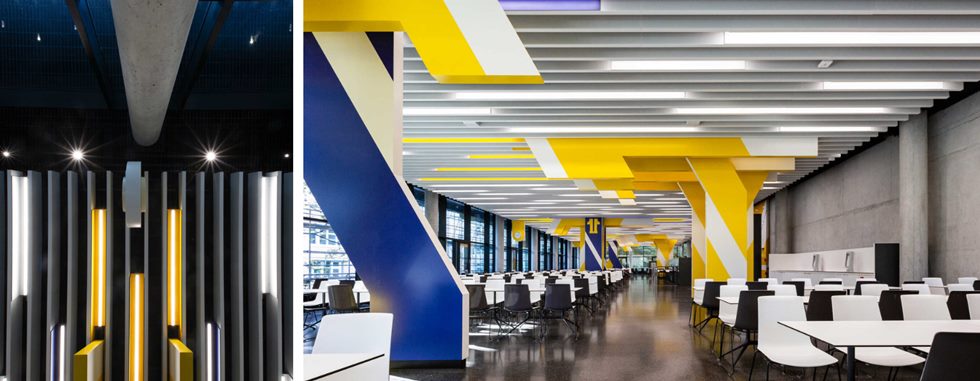
The main requirements for all materials used in this context are durability and resistance to safety issues, which may vary depending on the function of the space. It is crucial to ensure that fire systems are installed in compliance with regulations and that the evacuation plan is implemented correctly. Durlum, with its fire-resistant products, will ensure the necessary safety in educational buildings.

